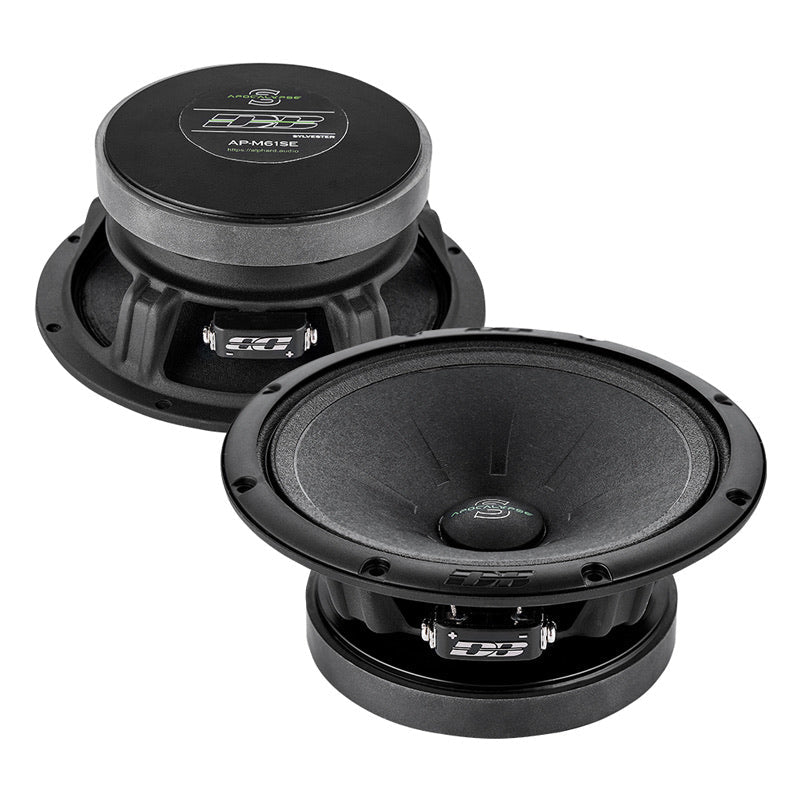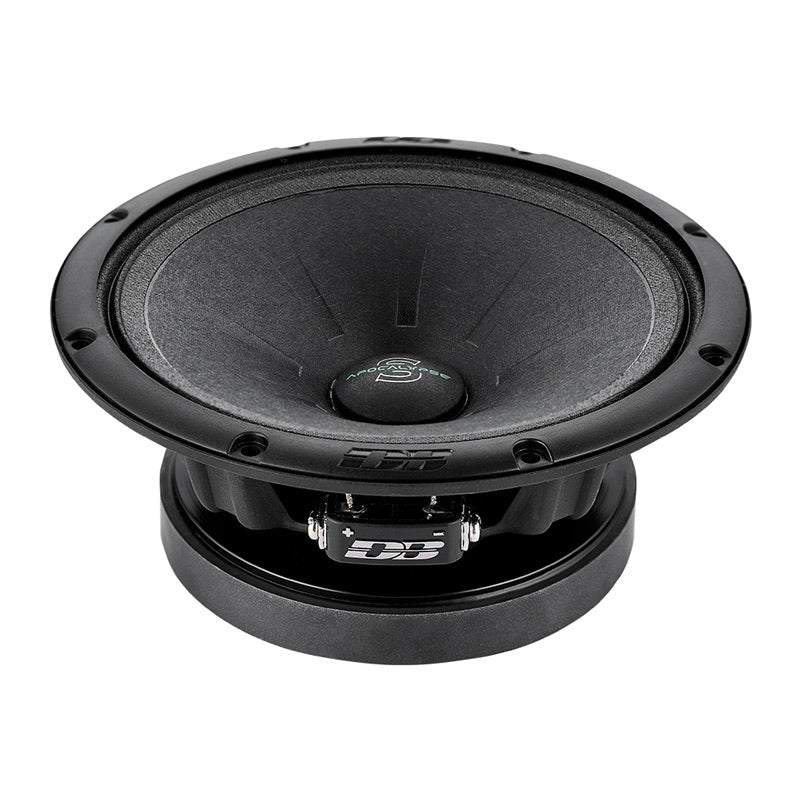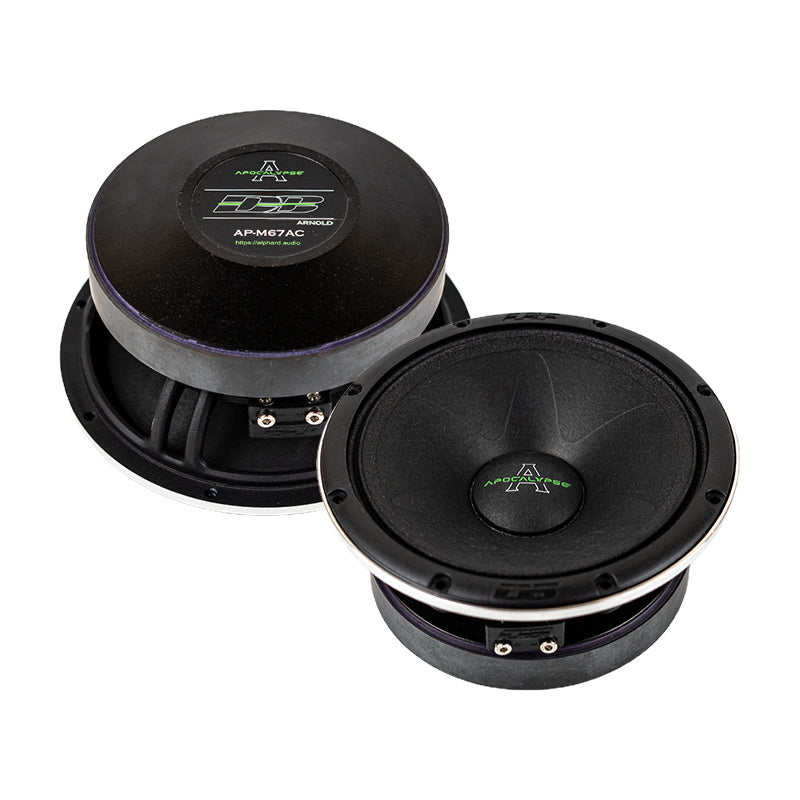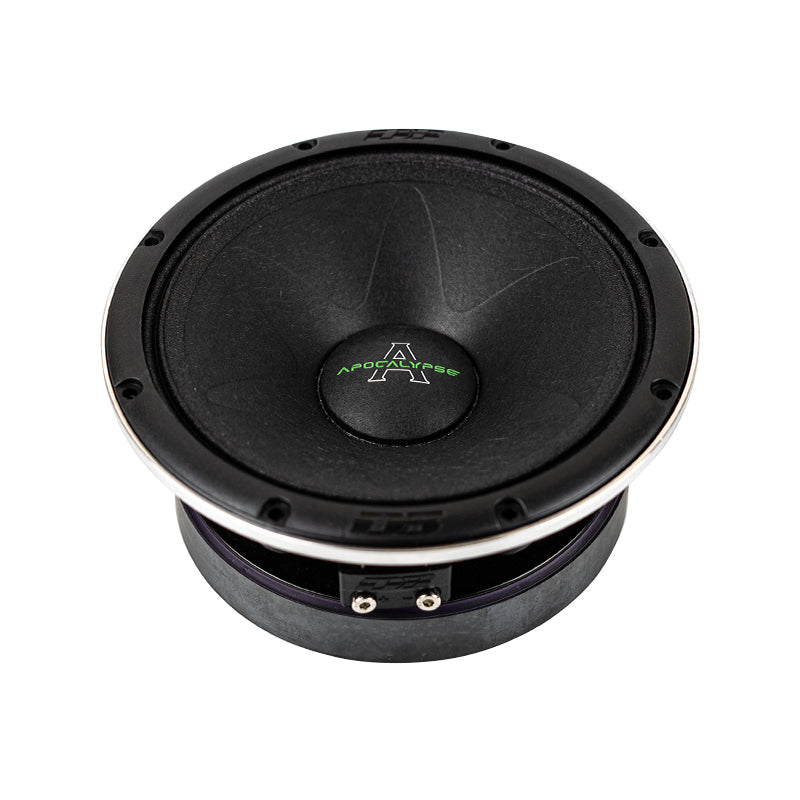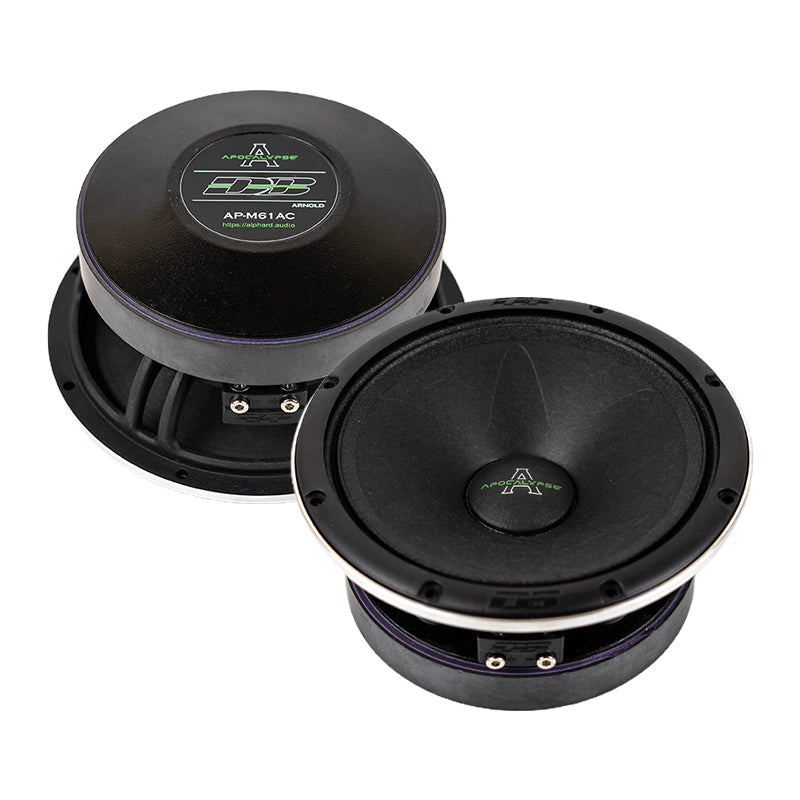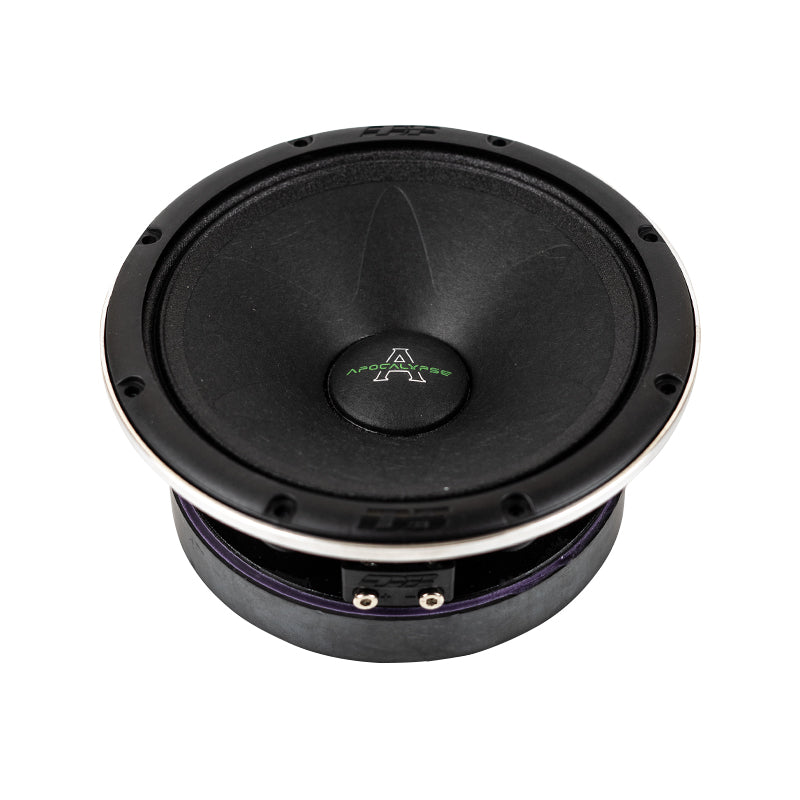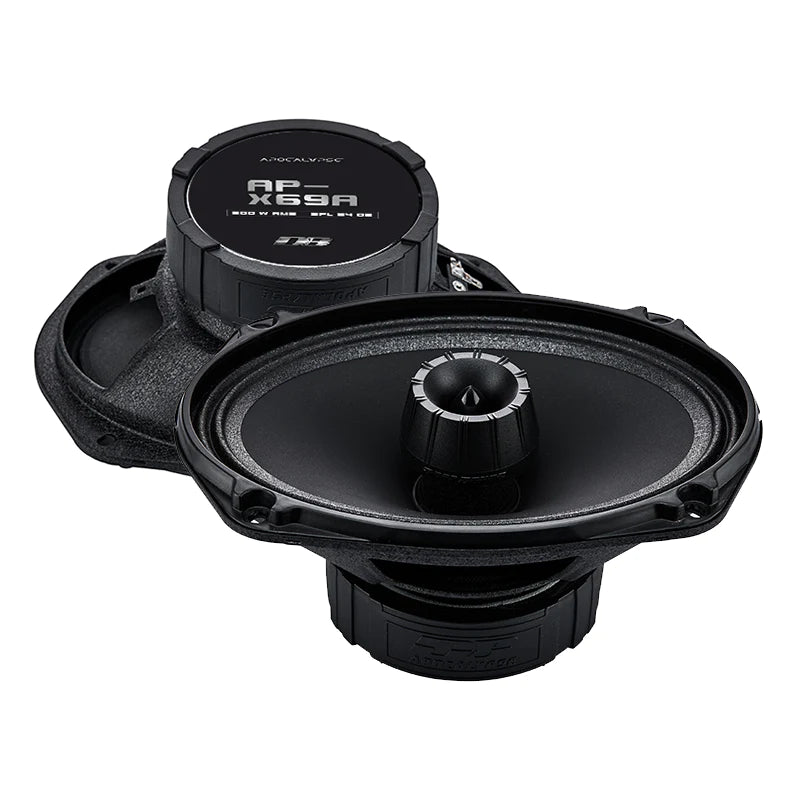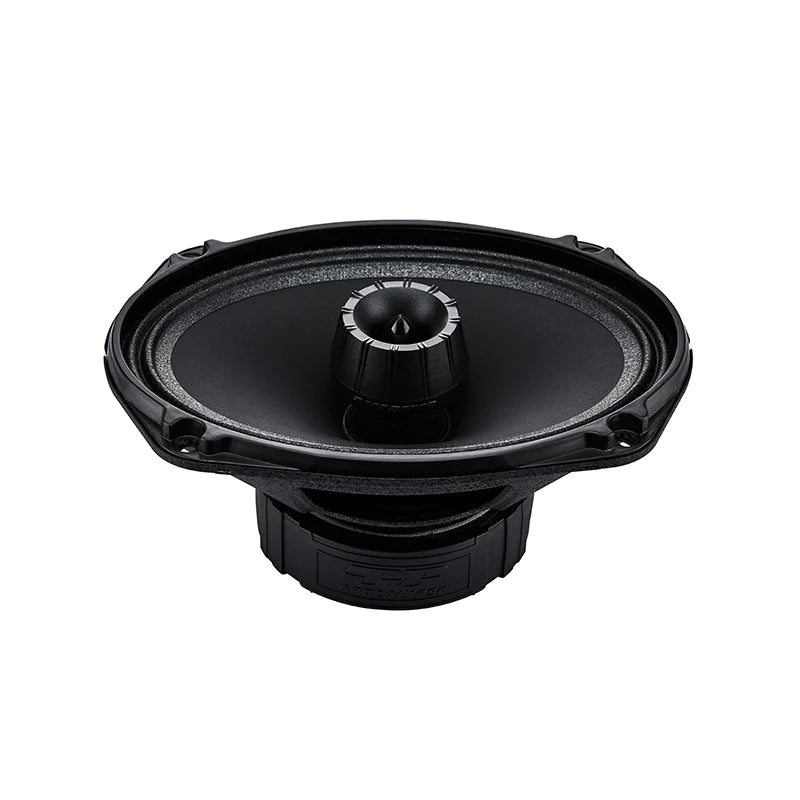As car audio technology evolves, true music enthusiasts demand more than just volume, they seek clarity, immersion, and emotional impact. According to the expert guide we listed Top 10 car audio accessories types, each represented by a product category, our main motive is to help you build a superior in-car audio system. Use this as both a roadmap and a persuasive tool for your blog or store.
1. Car Stereo / Head Unit
Your stereo / head unit is the heart of the system — it governs inputs, interfaces, and often DSP features. Upgrading this first gives your whole chain better signal and control.
Why it matters:
- Modern units offer wireless CarPlay / Android Auto, USB, Bluetooth, and multiple inputs — letting you switch sources seamlessly
- Many have built-in preamp outputs and DSP control capability, meaning fewer external parts
- A high-quality head unit can reduce noise and improve signal fidelity before amplification begins
How to choose:
- Look for wireless smartphone integration, good DACs, and multiple preouts (4- to 8-channel)
- Check compatibility with steering wheel controls and integration interfaces (if factory systems exist)
- Ensure UI is fast and firmware supports updates
Tip: Start your system upgrade here. Once you have the right “brain,” all downstream components can perform better.
2. 4-Channel Amplifier for Full-Range Speakers
Once your head unit output is upgraded, a robust 4-channel amplifier ensures your fuel (power) is delivered cleanly to your front and rear speakers.
Why it matters:
- Delivers headroom and dynamic range for mids and highs
- Prevents distortion when volume increases
- Allows you to bi-amp or set crossover points precisely
How to choose:
- Match RMS power per channel to your speakers’ RMS ratings
- Prefer Class AB / D designs for efficiency
- Make sure it includes adjustable gain, crossover filters, and protection circuits
Integration tip: Use your head unit’s preamp outputs to feed into this amplifier, then route to speakers for best system synergy.
3. Mono/Subwoofer Amplifier
Big bass demands dedicated power. A mono amplifier specialized for subwoofers ensures deep, controlled low end without poisoning mids or highs.
Why it matters:
- Provides stable power to heavy sub loads
- Prevents mid/high distortion by isolating bass power
- Offers tuning flexibility (gain, low-pass filters, phase)
How to choose:
- Match amp power to your sub’s RMS rating
- Ensure proper impedance compatibility (1Ω, 2Ω, etc.)
- Look for remote bass control if you want on-the-fly adjustment
Best practice: Use your DSP or head unit to crossover, then let the mono amp manage the sub output.
4. Component / Coaxial Speaker Kits
Quality speakers are the voice of your system. Whether coaxial or component, upgrading from stock can yield massive gains in clarity and staging.
Why it matters:
- Better cones, surrounds, and tweeters improve response curve and distortion
- Component kits let you place tweeters for optimal imaging
- High sensitivity speakers can make your system more efficient
How to choose:
- Match speaker size and mounting depth to your vehicle
- Consider sensitivity (higher = easier to drive)
- For premium setups, go with component kits (woofer + tweeter + crossover)
Tip: Use your amplifier’s crossover settings to ensure your speakers only handle the frequencies they’re designed for.
5. Digital Signal Processor (DSP / Sound Processor)
The DSP is the tuning brain of your system—it shapes, times, and corrects. No serious car audio build is complete without one.
Why it matters:
- Enables time alignment, EQ correction, crossovers, and more
- Helps counter cabin acoustics and resonance
- Allows genre-based custom tuning presets
How to choose:
- Look for units with at least 8 input / output channels
- Support for FIR/IIR filters, parametric EQ, and delay adjustment
- PC / mobile interface for ease of tuning
Tip: Use the DSP after your head unit — it’s the intermediary between signal and amplification.
6. Horns / Compression Drivers
When you want crisp, piercing highs or vocal clarity, a horn or compression driver can do wonders in a car environment.
Why it matters:
- Horns increase efficiency and projection of high frequencies
- Compression drivers are ideal for high SPL systems and PA-style clarity
- They can act as tweeter replacements or augmentations
How to choose:
- Choose a horn or driver that matches impedance and power level of your system
- Check dispersion angles (wide vs narrow)
- Ensure it blends well with your tweeters or mid drivers
Integration tip: Use DSP / passive crossover networks to blend horns seamlessly with your speaker system.
7. Subwoofer System & Enclosure
To feel music, you need bass. A high-quality sub with proper enclosure is indispensable.
Why it matters:
- Adds depth and impact — music becomes immersive
- Well-designed enclosures (sealed, ported, or bandpass) drastically affect sound character
- Keeps low-end from damaging or muddying the rest of your system
How to choose:
- Match sub size and power rating to your system
- Choose enclosure type based on your sound goals (tight vs punchy vs booming)
- Ensure proper internal damping and bracing
Mounting tip: Position the sub in your vehicle to maximize coupling (trunk, sidewall) — test for phase and response balance.
8. Integration Interfaces & Harness Adapters
Modern cars often come with factory wiring harnesses, CAN systems, and OEM features. To upgrade without destroying vehicle logic, integration gear is essential.
Why it matters:
- Retains steering wheel control, factory displays, and alerts
- Prevents cutting factory wiring
- Simplifies installation and future removals
How to choose:
- Select a harness or interface specific to your vehicle make/model
- Ensure compatibility with your aftermarket head unit or DSP
- Check for firmware updates or support
Best practice: Install the interface first; then connect your head unit/amplifier system to it.
9. High-Quality Power & Wiring Kit
Proper wiring is the oxygen your system needs. Even the best components fail if starved of clean, stable current.
Why it matters:
- Prevents voltage drop under load
- Reduces noise, interference, and ground loops
- Protects system from damage
How to choose:
- Use appropriate gauge (0 AWG, 4 AWG, etc.) matching your amp demands
- Use proper grounding, fuse protection, and quality terminals
- Optionally, include capacitors or power stabilizers
Installation tip: Keep power wires short, twist remote/trigger wires, and separate signal (RCA) cables from power wire runs.
10. Sound Enclosures / Boxes (Enclosure Systems)
Most people think enclosures only matter for subs, but properly designed boxes help component systems too (midrange enclosures, mid-bass boxes).
Why it matters:
- An acoustic enclosure controls back wave and minimizes destructive interference
- Helps speakers “speak” more clearly
- Prevents panel flex and resonance
How to choose:
- Use manufacturer specifications for recommended enclosure volumes
- Choose materials (MDF, fiberglass, polymer) based on space and strength
- Add internal bracing and padding for cleaner, tighter response
Optimization tip: If you build house custom boxes, leave room for damping/padding and test frequency response after installation.
Tips for Choosing the Right Accessories
- Focus on quality over price to get long-lasting products.
- Ensure compatibility with your existing devices to avoid unnecessary returns.












